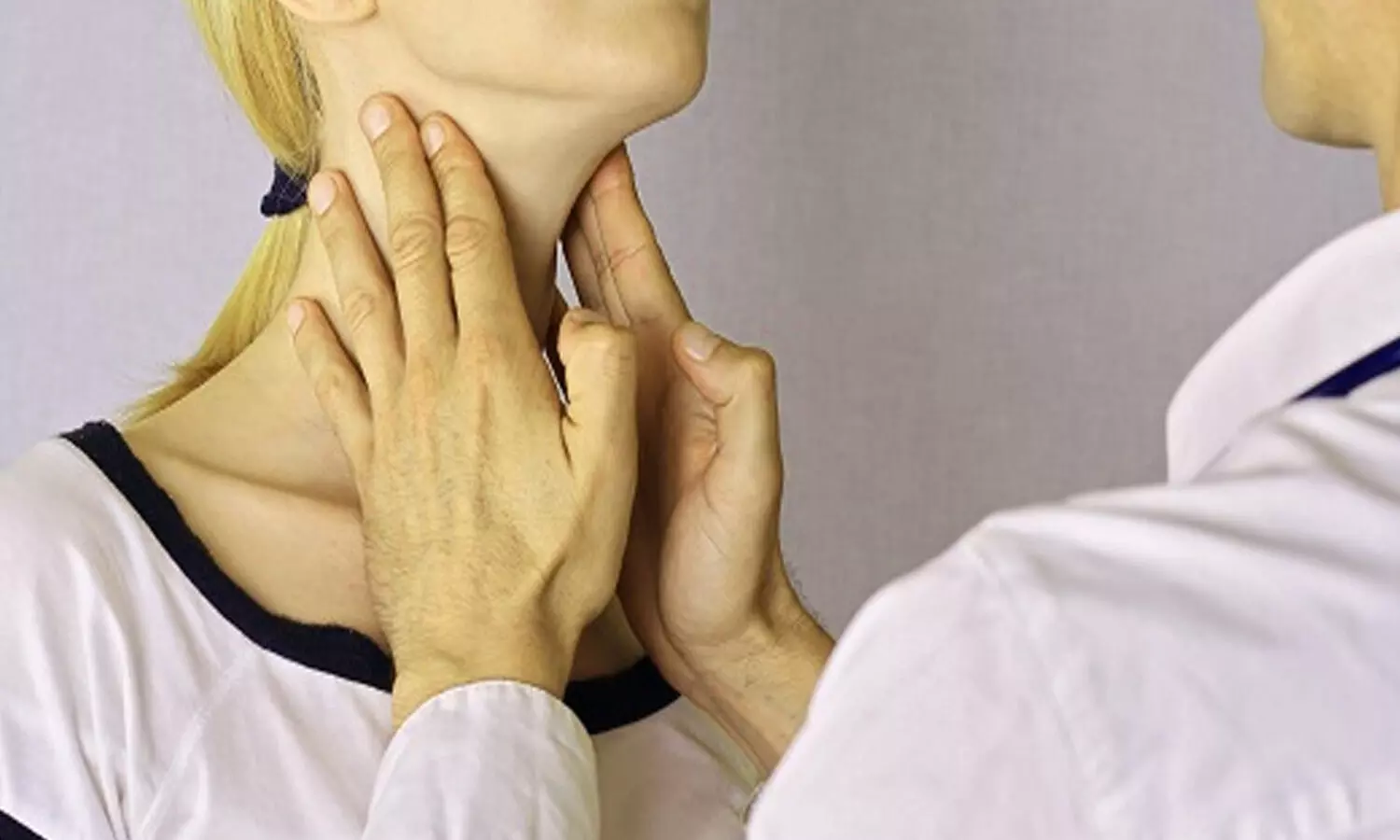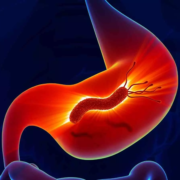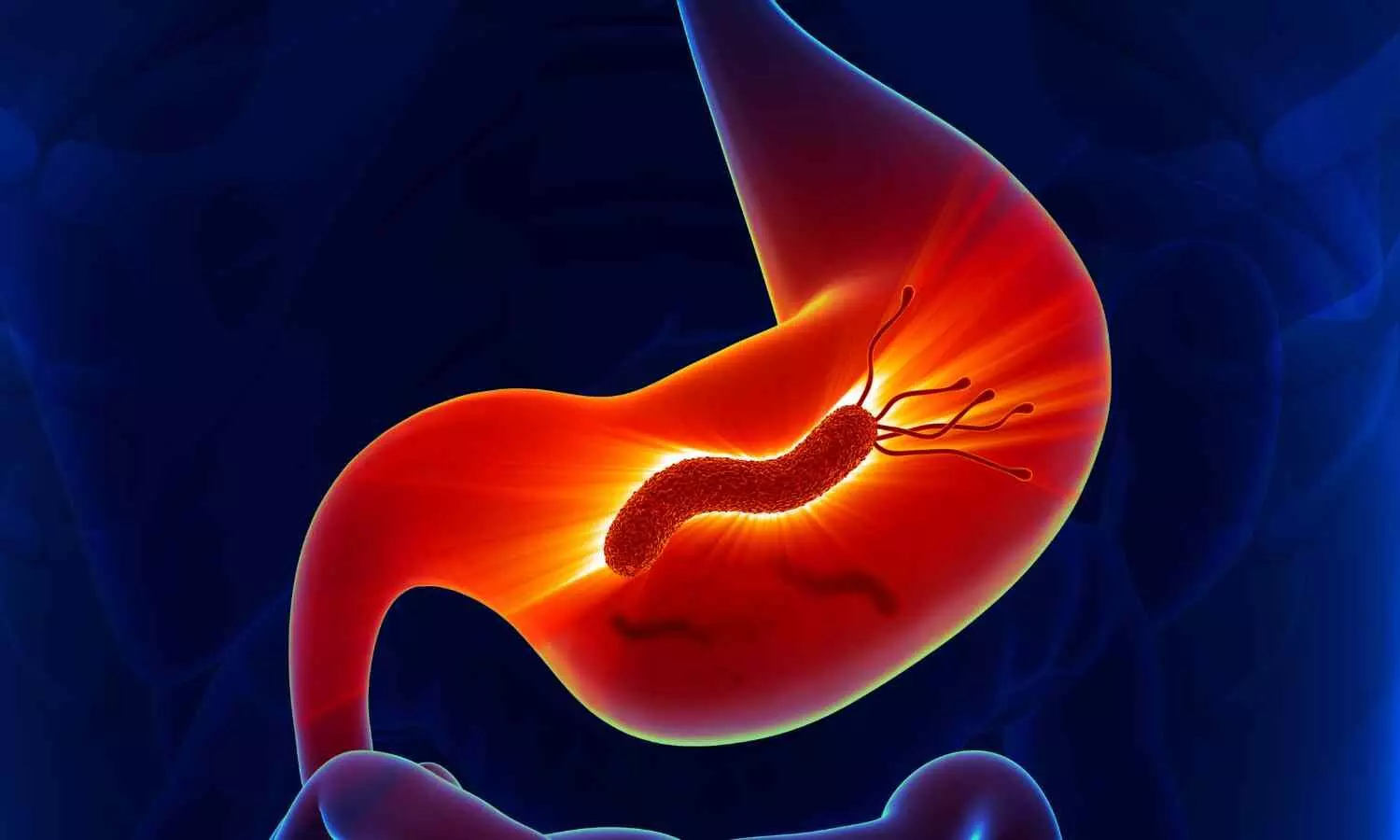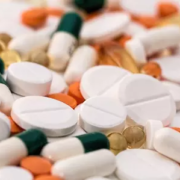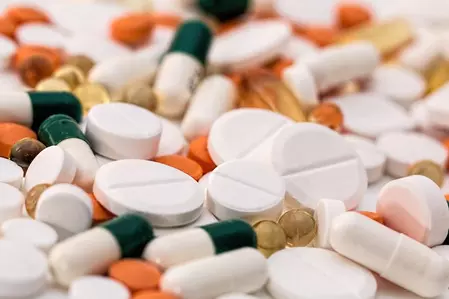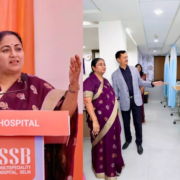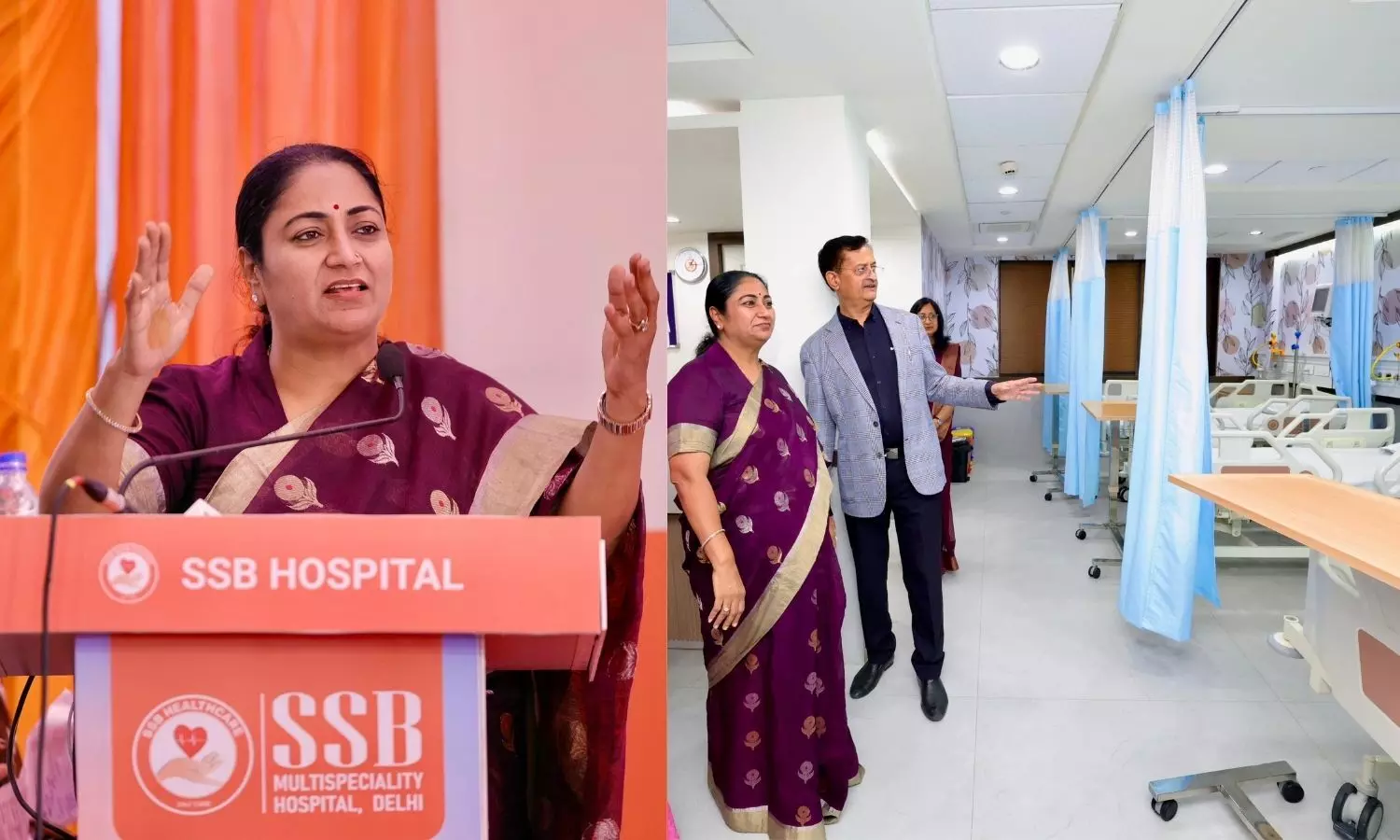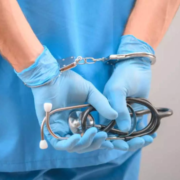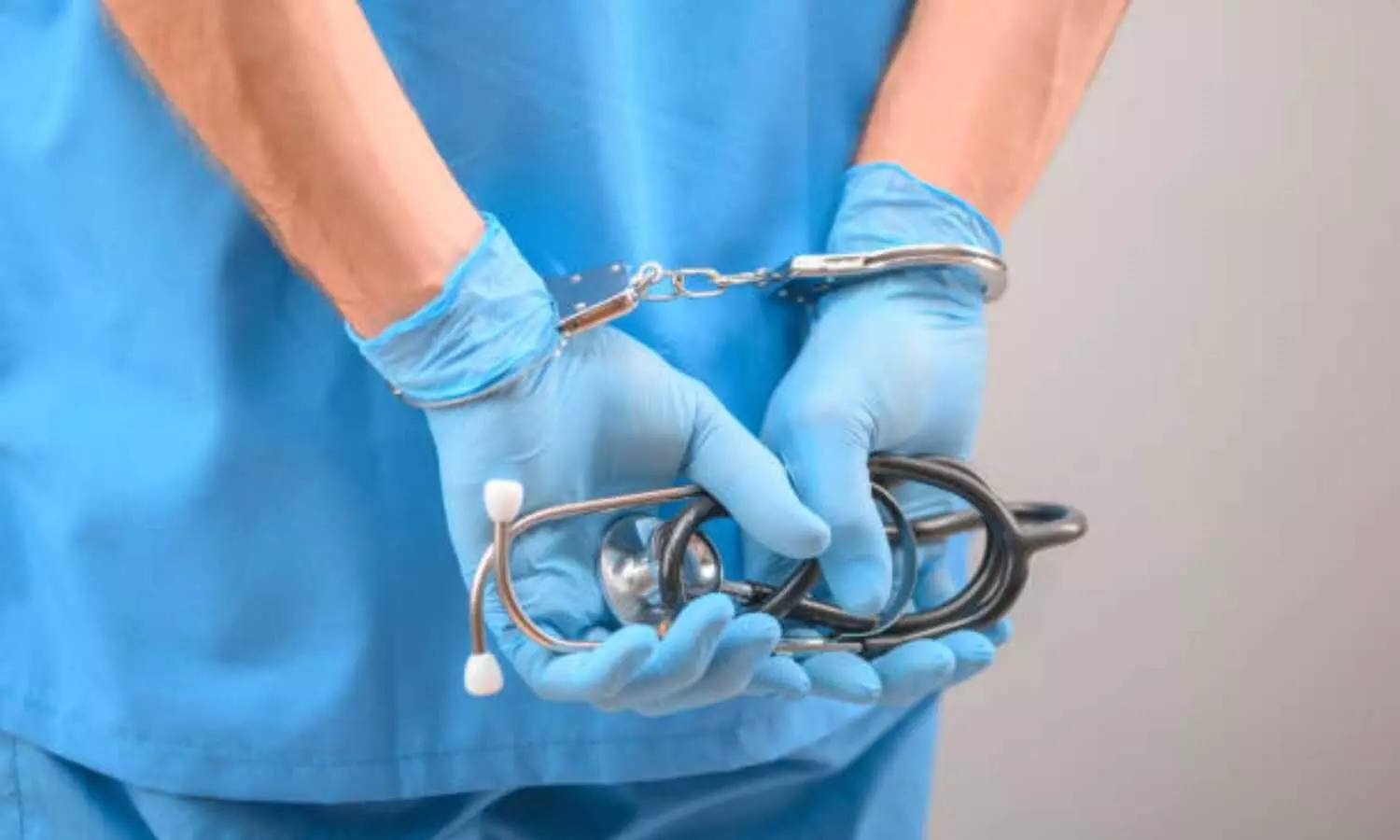
Seborrheic dermatitis has long been treated with azoles, particularly ketoconazole, due to their effective antifungal and anti-inflammatory properties.[1] treatments, available in various forms like shampoos and oral medications, work by reducing yeast levels on the skin, thereby alleviating symptoms.[1] However, the widespread and prolonged use of antifungals has led to a growing concern: the emergence of resistant fungal strains. This resistance, driven by factors such as over-prescription, limited development of new antifungal agents, and patient noncompliance, is now a significant burden on global healthcare systems. [2,3]
Ketoconazole Resistance
Resistance to antifungal drugs, including ketoconazole, occurs through mechanisms like decreased drug-target interactions and reduced intracellular drug levels via drug efflux pumps.[4]Studies, including the one by Park et al., elaborate on the causes of ketoconazole resistance in M. restricta, such as tandem allele multiplication and enhanced drug efflux.[5] Over time, these resistance mechanisms can evolve in response to treatment. Studies have shown that despite ketoconazole’s initial success against Malassezia species, it can lead to severe side effects such as toxic necrotizing hepatitis.[6] Moreover, evidence has surfaced of ketoconazole’s inability to curb fungal growth in some patients with SD, with certain Malassezia strains exhibiting resistance.[6] These findings underscore the pressing need for alternative treatments, particularly as ketoconazole remains a first-line therapy for seborrheic dermatitis.
A susceptibility testing study by Leong et al. at the University Hospital of Zurich identified Malassezia strains resistant to ketoconazole, highlighting the clinical significance of exploring alternative treatments for seborrheic dermatitis. [7]
Selenium Sulfide: An Alternative Approach
In the search for alternative treatments, selenium sulfide emerges as a promising candidate. Selenium sulfide has been used for treating pityriasis versicolor and seborrheic dermatitis of the scalp. The cytostatic impact of selenium on the epidermis and follicular epithelium lowers corneocyte adhesion, which permits the shedding of fungus in the stratum corneum. Both in vitro and in vivo studies have demonstrated selenium sulfide’s fungicidal activity against Malassezia species, making it a compelling option for managing seborrheic dermatitis, especially in the context of ketoconazole resistance.[8] Selenium sulfide is keratolytic as it impedes the formation of the hydrogen bond in the keratin, and its keratoplastic property weakens the turnover rate of the epidermal cell.[9] Known for its antiseborrheic properties, selenium sulfide is used in anti-dandruff shampoos as an active ingredient.[10] The ubiquitous role of selenium sulfide could be appealing to include in the treatment of seborrheic dermatitis.
Exploring the Efficacy of Selenium Sulfide
The treatment of seborrheic dermatitis aims to establish a regimen that is both potent and has low recurrence rates. To encourage patient adherence, treatment should include an antifungal medication that is both effective and pleasant for the patient. An ideal topical agent has anti-inflammatory qualities, remains on the skin, and is administered in a carrier that promotes penetration, fosters healing, and endures.[11] One such effective medication is selenium sulfide which has proven to have immediate relief from itching and flaking in patients with severe dandruff.[12] A study conducted by Hersle emphasized the importance of selenium sulfide as an intermittent suppressive treatment for tinea versicolor where it successfully transformed the yeast to its more pathogenic mycelial phase.[13] Furthermore, a single application of 2.5% selenium sulfide worked as an active agent in reducing residual infection in patients suffering from tinea versicolor.[14] These findings support the inclusion of selenium sulfide in treatment protocols for Malassezia-related conditions, potentially enhancing outcomes in cases where traditional antifungals fail.
The Future of Antifungal Therapy
Primary pathogens that cause life-threatening complications are considered serious and receive more resources compared to opportunistic pathogens like Malassezia, which typically affect immunocompromised individuals.[15] This lack of seriousness augmented the cases of fungal infections and thus the dependency on antifungals increased. The overuse of antifungal agents has ultimately aggravated the issue of antifungal resistance and morbidity.[16] A multimodal strategy is needed to address antifungal resistance, with an emphasis on creating novel medications or combination therapies, funding diagnostic tools, and encouraging infection prevention and control practices. Moreover, the incorporation of ongoing clinical studies and patent data offers a prospective viewpoint, signifying the continuous advancement of antifungal treatments.[17] In this context, selenium sulfide presents itself as a reliable and effective alternative to traditional treatments like ketoconazole. Its potential, however, is still underexplored, particularly in combating Malassezia, highlighting the need for further research and clinical trials.
Conclusion
The emergence of antifungal resistance, particularly in ketoconazole-resistant strains, necessitates a reassessment of current treatment strategies for seborrheic dermatitis. Although developing new antifungal agents is challenging, the effectiveness of alternatives like selenium sulfide presents a promising way forward. Enhanced investment and research into antifungal treatments, including the exploration of selenium sulfide’s potential, are crucial as the landscape of infectious diseases continues to change.
References
[1] Gupta AK, Nicol K, Batra R. Role of antifungal agents in the treatment of seborrheic dermatitis. Am J Clin Dermatol 2004;5:417–22. https://doi.org/10.2165/00128071-200405060-00006.
[2] Fisher MC, Hawkins NJ, Sanglard D, Gurr SJ. Worldwide emergence of resistance to antifungal drugs challenges human health and food security. Science (1979) 2018;360:739–42. https://doi.org/10.1126/SCIENCE.AAP7999.
[3] Fisher MC, Hawkins NJ, Sanglard D, Gurr SJ. Worldwide emergence of resistance to antifungal drugs challenges human health and food security. Science (1979) 2018;360:739–42. https://doi.org/10.1126/SCIENCE.AAP7999.
[4] Cowen LE, Sanglard D, Howard SJ, Rogers PD, Perlin DS. Mechanisms of Antifungal Drug Resistance. Cold Spring Harb Perspect Med 2015;5. https://doi.org/10.1101/CSHPERSPECT.A019752.
[5] Park M, Cho YJ, Lee YW, Jung WH. Genomic Multiplication and Drug Efflux Influence Ketoconazole Resistance in Malassezia restricta. Front Cell Infect Microbiol 2020;10:191. https://doi.org/10.3389/FCIMB.2020.00191/FULL.
[6] Wang K, Cheng L, Li W, Jiang H, Zhang X, Liu S, et al. Susceptibilities of Malassezia strains from pityriasis versicolor, Malassezia folliculitis and seborrheic dermatitis to antifungal drugs. Heliyon 2020;6:e04203. https://doi.org/10.1016/J.HELIYON.2020.E04203.
[7] Leong C, Buttafuoco A, Glatz M, Bosshard PP. Antifungal Susceptibility Testing of Malassezia spp. with an Optimized Colorimetric Broth Microdilution Method. J Clin Microbiol 2017;55:1883. https://doi.org/10.1128/JCM.00338-17.
[8] Gupta AK, Mays RR, Foley KA. Topical Antifungal Agents. Comprehensive Dermatologic Drug Therapy, Fourth Edition 2021:480-492.e5. https://doi.org/10.1016/B978-0-323-61211-1.00042-5.
[9] Mueller RS. Topical dermatological therapy. Small Animal Clinical Pharmacology 2008:546–56. https://doi.org/10.1016/B978-070202858-8.50026-9.
[10] Program NT. Selenium Sulfide 2021. https://doi.org/10.22427/NTP-OTHER-1003.
[11] Elewski BE. TherapeuTics for The clinician Safe and Effective Treatment of Seborrheic Dermatitis 2009;83:333.
[12] Godse G, Godse K. Safety, Efficacy and Attributes of 2.5% Selenium Sulfide Shampoo in the Treatment of Dandruff: A Single-Center Study. Cureus 2024;16. https://doi.org/10.7759/CUREUS.57148.
[13] K. H. Selenium sulphide treatment of tinea versicolor. Acta Derm Venereol 1971;51:476–8. https://doi.org/10.2340/0001555551476478.
[14] Albright SD, Hitch JM. Rapid Treatment of Tinea Versicolor With Selenium Sulfide. Arch Dermatol 1966;93:460–2. https://doi.org/10.1001/ARCHDERM.1966.01600220072023.
[15] A One Health Approach to Combating Fungal Disease: Forward-Reaching Recommendations for Raising Awareness n.d. https://asm.org/Articles/2019/September/A-One-Health-Approach-to-Combating-Fungal-Disease (accessed August 26, 2024).
[16] Mudenda S, Mudenda S. Global Burden of Fungal Infections and Antifungal Resistance from 1961 to 2024: Findings and Future Implications. Pharmacology & Pharmacy 2024;15:81–112. https://doi.org/10.4236/PP.2024.154007.
[17] Nahar D, Mohite P, Lonkar A, Chidrawar VR, Dodiya R, Uddin MJ, et al. An insight into new strategies and targets to combat antifungal resistance: A comprehensive review. European Journal of Medicinal Chemistry Reports 2024;10:100120. https://doi.org/10.1016/J.EJMCR.2023.100120.
IND2361824 14 JUL 2025
For the use of a Registered Medical Practitioner or a Hospital or a Laboratory only
